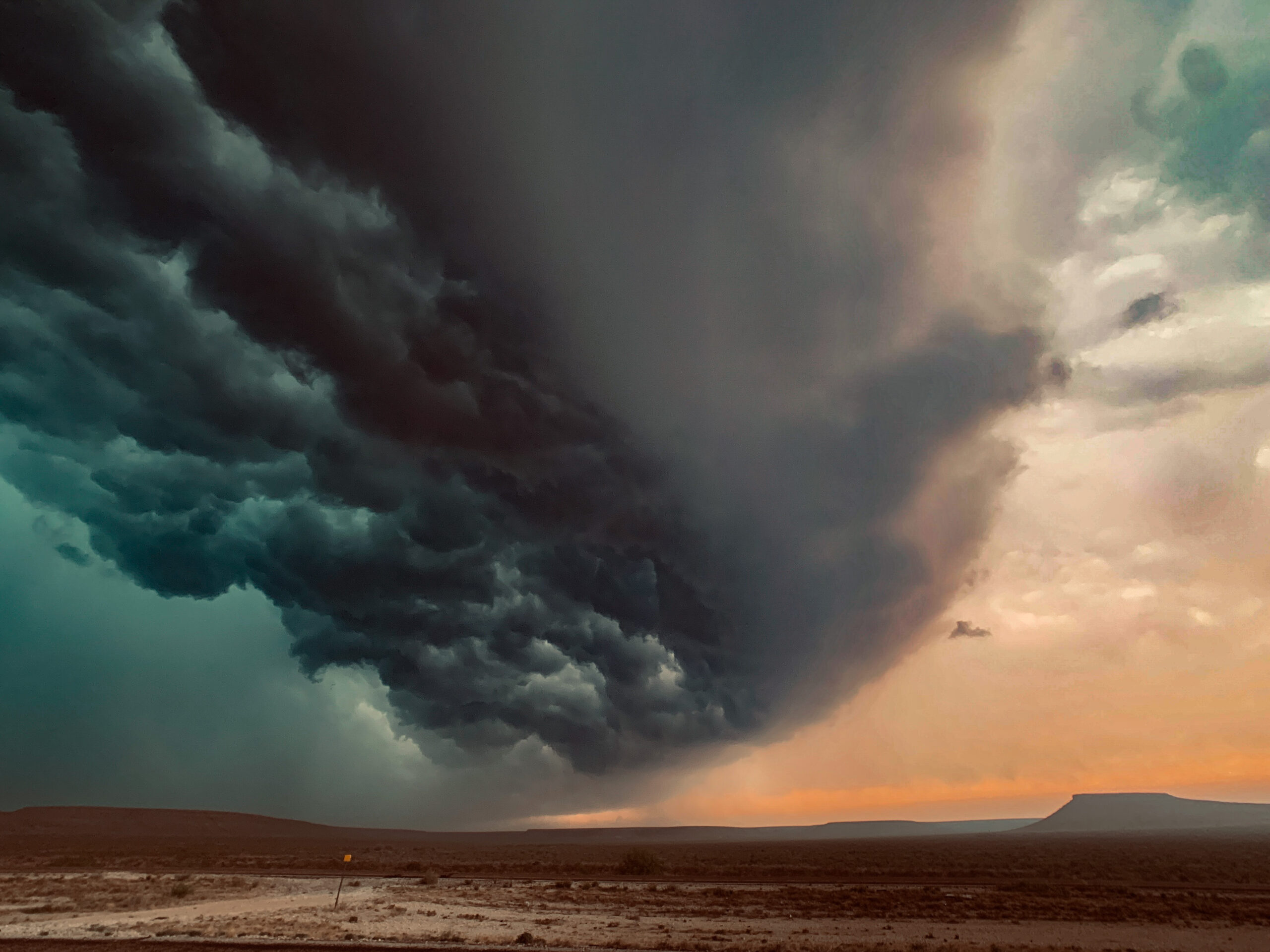
Marcie Gray
We are excited to kick off February with chaser Marcie Gray, whose love for weather was passed down from her grandfather. According to her mother, he would sit outside when storms were approaching and even watch the occasional tornado pass by their East Texas homestead!
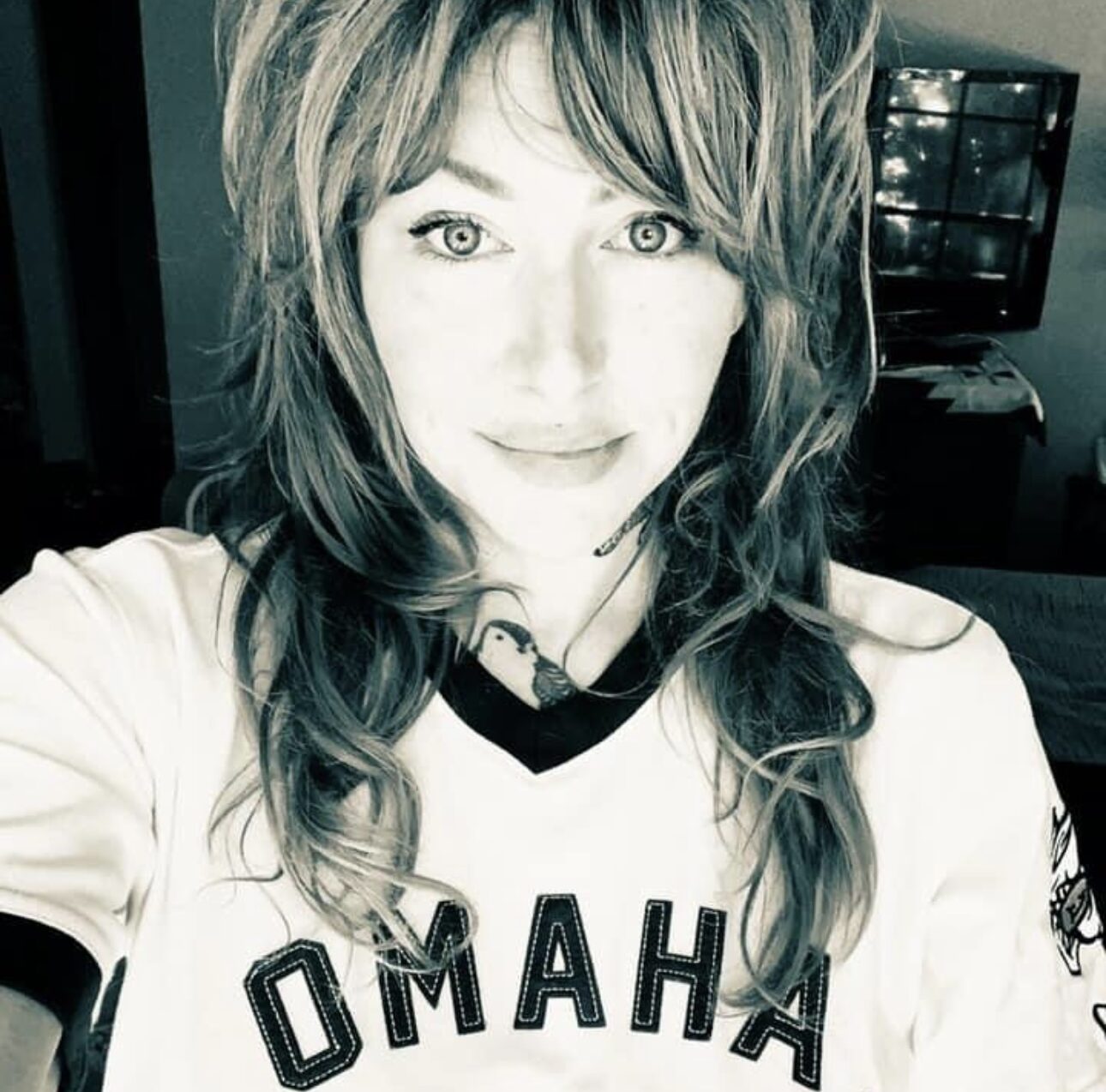
Marcie’s passion for tornadoes was actually born out of fear at the age of eight or nine. “The sky turned the most eerie orange hue. A tornado warning was issued for our county and my dad just had to go investigate. Once he saw it was passing at a safe distance he allowed me to come outside and watch as the golden funnel snaked its way through the outskirts of town. I was both terrified and mesmerized and vowed to learn everything I could about forecasting tornadoes from that day forward,” she said. From this experience, Marcie learned that educating herself was a catalyst for turning that fear into a passion.
A few years later in her early teens, Marcie volunteered for The Weather Channel On-Line Forum on CompuServe. Through this opportunity, she was introduced to chasing pioneers such as Al Moller, Tim Marshall, Jim Leonard, and Les Lemon (the co-discoverer of the tornado vortex signature). (A tornado vortex signature, or TVS for short, is a velocity signature through Doppler radar imagery indicating intense, concentrated rotation. A TVS presence can be a strong indicator of an ongoing tornado but doesn’t guarantee it. This is because TVSs are visually observable features, which is why storm spotters are integral during severe weather events.1) While volunteering for the forum, Marcie noted “a kind storm chaser from Illinois started mentoring me and bought me a Stormtrack magazine subscription, several Tim Marshall highlight tapes, and David Hoadley’s “The Storm Chase Manual.” These all created an amazing foundation for when I was old enough to start venturing out with other chasers.”
It is clear these opportunities were impactful for Marcie over the years, but every storm chaser, including Marcie, has questioned their chase efforts at some point. “When you’re sitting under blue skies getting a sunburn in the middle of nowhere while you hear about friends scoring their best intercepts not five hours north of you, you always ask yourself why you chase.” Marcie further elaborated how these blue sky busts connected back to why she continues to chase, “In the frustration you would think I’d have a revelation to this topic but it almost always comes back to not wanting to miss the potential to see something historic or unique. Every chase holds the potential to be the best chase even when you have low expectations for the day.”
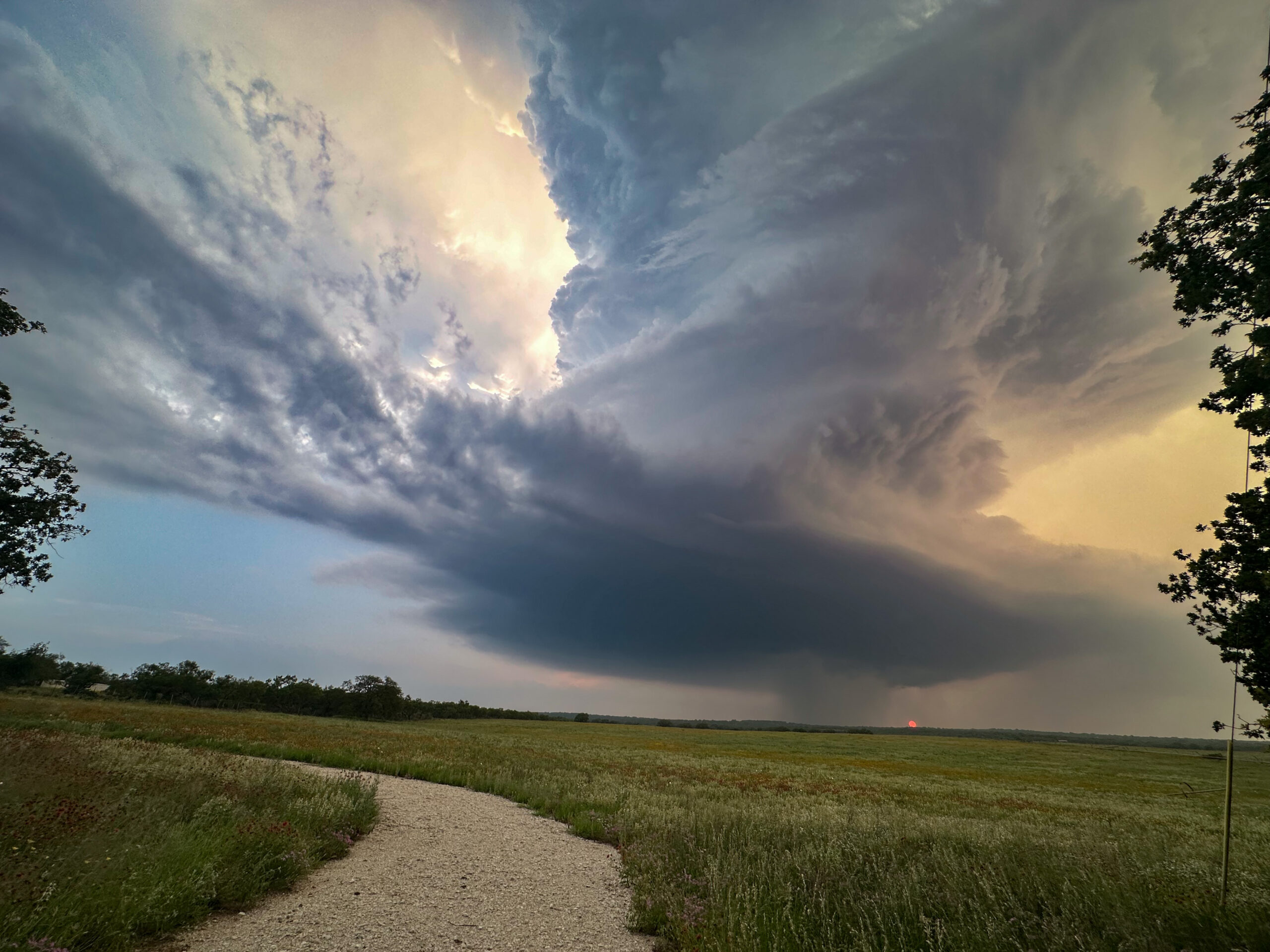
According to Marcie, the whole year of 2004 was her most memorable chase experience. And if she had to narrow it down, it would be Big Springs, Nebraska on June 10, 2004. “My chase partner and I were part of a small handful of chasers who were able to witness the full life cycle of this amazing tornado. It roped out about 75 yards from us on a gravel road. I think there was one house out there somewhere but it was the perfect backdrop to enjoy the intercept without worrying about a major impact to structures or people.” Experiences like this are incredible to both witness in person and secondhand, both which are possible each time a new chase season comes around.”
There is beauty in seeing there is an equal chance for greatness within the chase community, which is why Marcie wishes being a girl who chases didn’t have to mean anything different than being a guy who chases. “Mother Nature doesn’t care if you have a degree, a full bank account, what the color of your skin is, or where you are from. Everyone is equal.” However, being the mother of two girls, she has chosen to reevaluate the importance of what it means to be a girl who chases. “If my daughters should choose to follow in my footsteps I would want them to feel safe, seen, and supported – something that has taken years to feel since when I first started chasing.” Marcie shares that being a girl who chases “means taking a path less taken and accepting the responsibility to help pave it and make it smoother for other girls to travel down in the future.” Continuing these efforts can lead to everyone having the “equal chance to discover something groundbreaking, document a missing puzzle piece in science, or simply just live in the moment of beauty.”
Marcie shared that she was never really aware of how gender impacted her reputation in the storm chaser world until she was old enough to notice being dismissed as a tag-a-long or equal voice when with a male partner. “I still catch myself being triggered when I see it happening to others today. And while it shouldn’t be part of the reason I chase alone, it is. I’d rather completely bust my own forecast by myself than deal with the potential question of a partnered success. I admire those girls who can naturally chase with others. I think that shows growth in the community and it inspires me to heal some of that bitterness.”
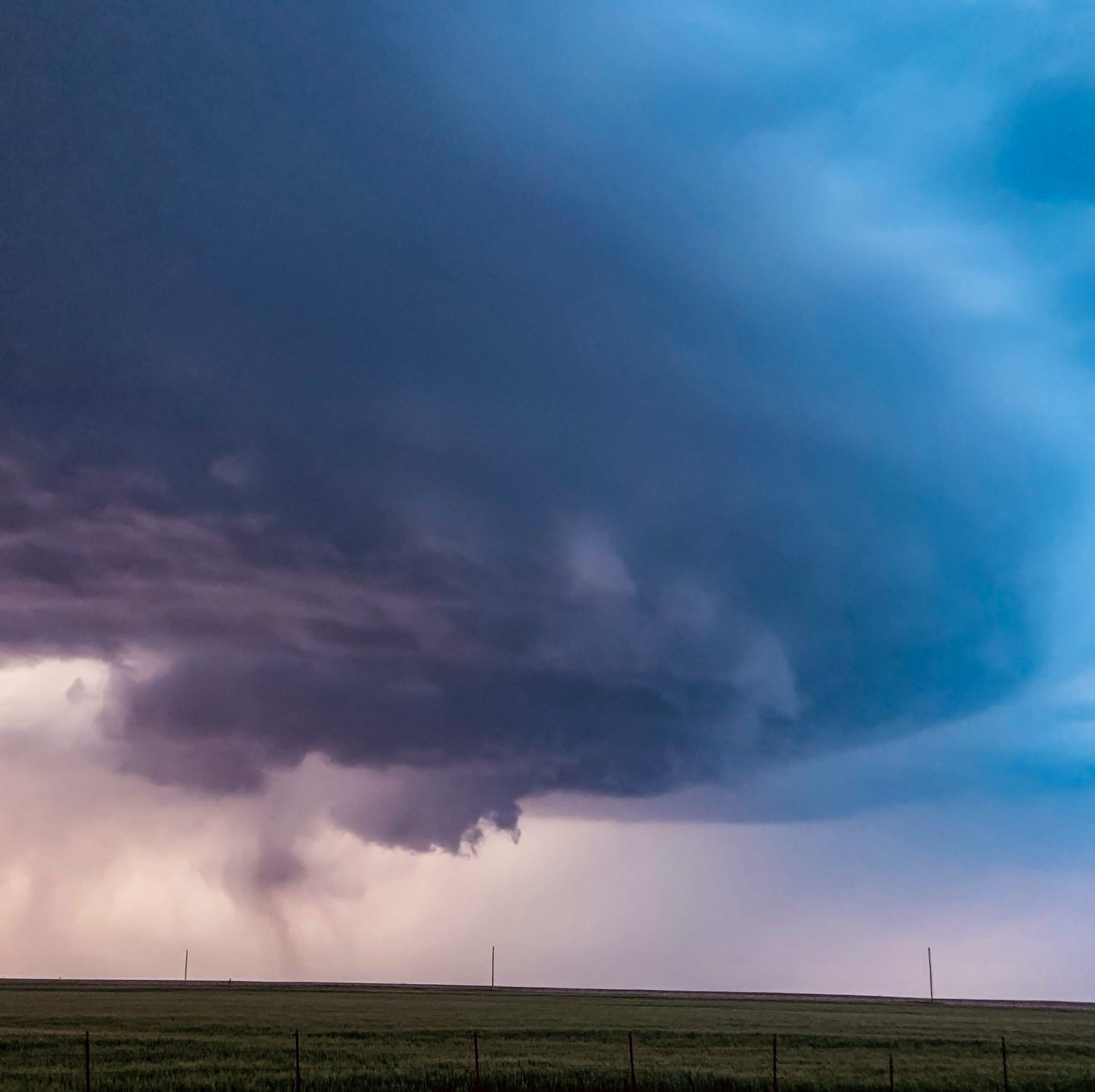
In addition to having the inspiration to heal bitterness from the community, “screw validation,” she shared. “If you find yourself letting other opinions dictate how you feel about your own chase then you’re never going to last. Chasing that viral shot will rob you of the joy you could experience on every chase. I’m not even an overly optimistic person, I just know that for $3.00 a gallon in gas I’d better come back with some good memories and the only one who holds that power is me.”
When asked if she had any other tips for female chasers, Marcie shared some gold. “It is important to go with your gut, a female’s intuition is a powerful thing. Find that storm chaser who you see has a track record of healthy interactions with others and reach out with questions. If you learn how to tell who you feel comfortable with, how to not fear setting boundaries and when to reach out, then you’ll go far.” While this advice applies to all female chasers, Marcie also noted it is important for minors to communicate with their parent/guardian about your passion and see if they will help you make a trip to a local weather conference or gathering.
If putting together a trip like that isn’t feasible, the internet provides you access to almost everything you could learn in a meteorology class. It has been a while since Marcie has watched a tutorial on weather related topics but there are three content creators on YouTube she will always enjoy:
- Skip Talbot’s “Safety Lessons From El Reno” – for a good reality check
- Pecos Hank’s “How To Chase Tornadoes” – for an entertaining but educational twist
- Tim Vasquez’s “Mesoanalysis Exercise” – videos for a fun interactive forecast practice
“You can read all the books on flying an airplane but sitting in the cockpit and actually taking off is a whole different experience. Experience isn’t taught, it’s made. So to ensure you have the best chance of a successful experience is to utilize those tools you have access to at home and give yourself time. Don’t measure your knowledge or understanding of a topic by others. It’ll click when your brain is ready for it to click. Be it science, math, whatever.”
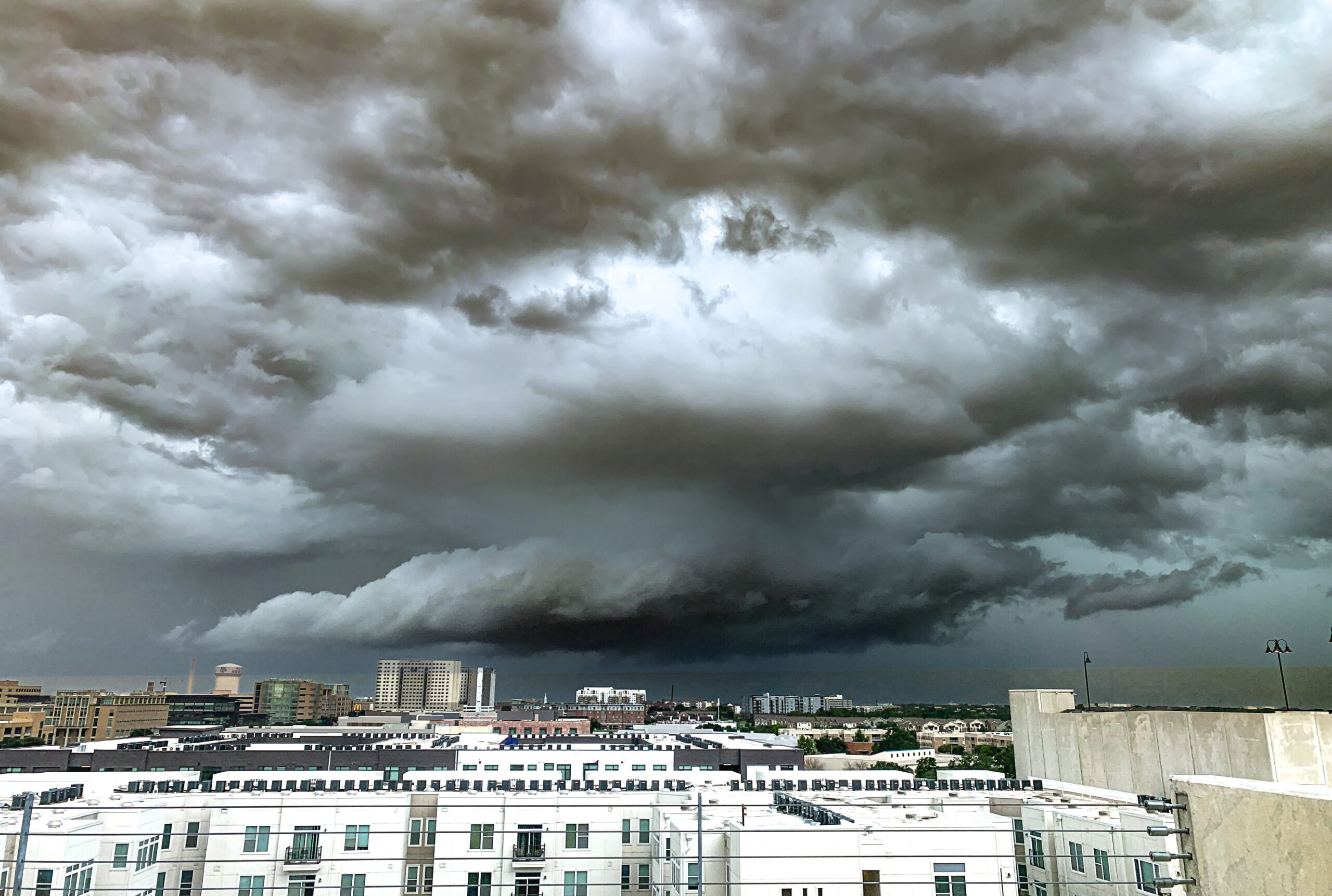
Marcie truly proves there is more to storm chasing than good photography and Girls Who Chase was so grateful to hear her drop the mic on these questions. Don’t forget to follow Marcie on X @TeaAndTornadoes.
